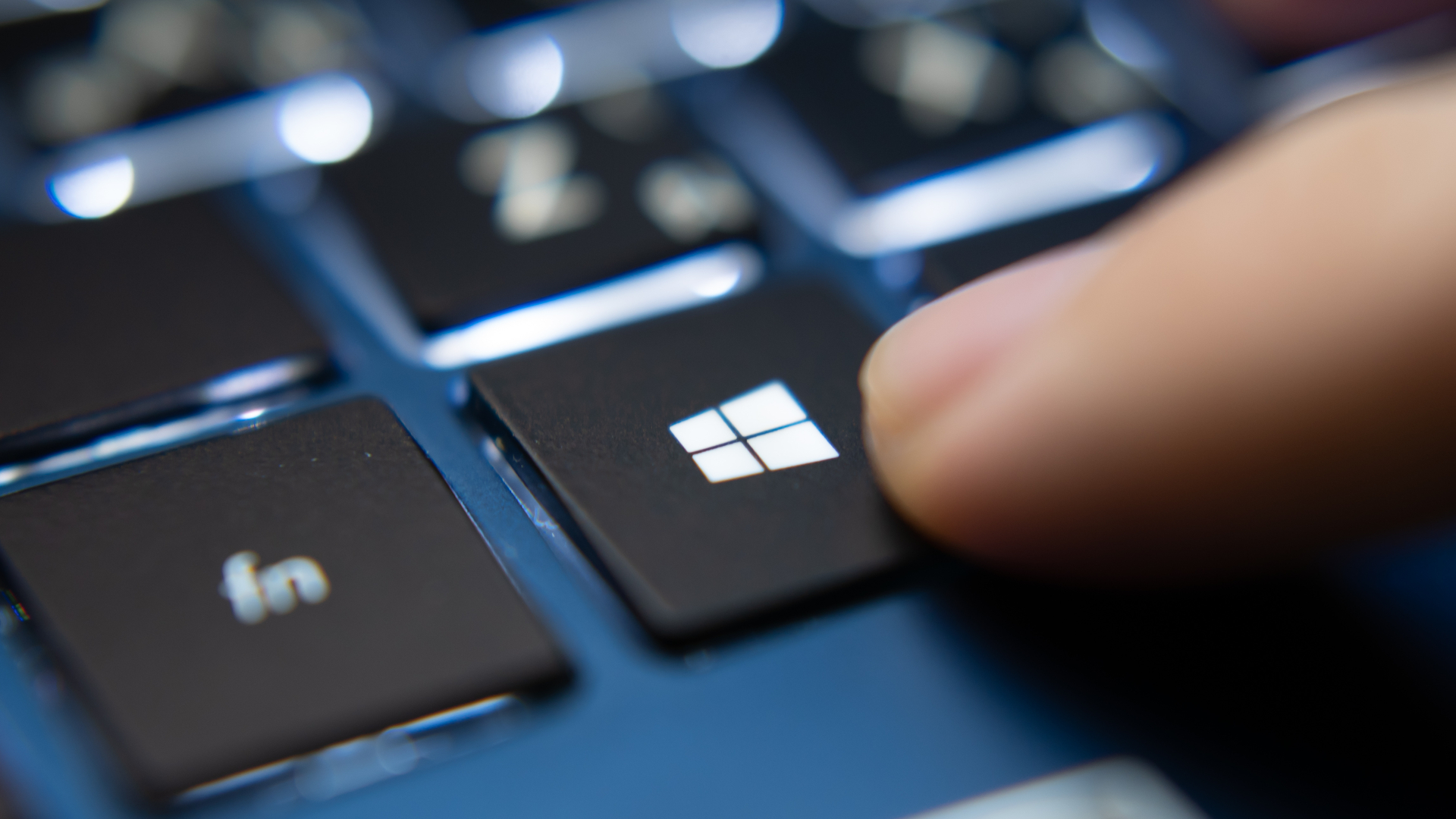Do NOT follow this link or you will be banned from the site!
Techradar
Timestamp: Apr 4, 2024
Microsoft is keeping its cards close to its chest regarding how much consumers will need to pay if they want to keep Windows 10 support alive when it officially runs out in October 2025.
Windows Latest noticed that Microsoft penned a blog post detailing the options and costs for businesses looking to have extended support in terms of security updates being piped through into 2026 and potentially beyond.
This is nothing to do with consumers, however, although everyday users of Windows 10 will also have a choice to pay for extending security updates should they want to keep the OS after October 2025.
Microsoft has clarified that point in an update to the post, stating that: “The details and pricing structure outlined in this post apply to commercial organizations only.”
So when will we find out about the cost for consumers? We don’t know is the short answer – you’ll have to wait. Microsoft wrote: “Details will be shared at a later date for consumers on our consumer end of support page.”
Note that even with paying for extended support, this is just security patches you’ll be getting, and Microsoft won’t be developing or applying any new features to Windows 10.
Analysis: Should you pay for extended Windows 10 support?
To be fair to Microsoft, we are still a year and a half away from support expiring for Windows 10, so it’s not exactly a surprise that pricing options aren’t worked out fully yet. Although if Microsoft has managed to count the relevant beans and do the math for business customers, hopefully consumers won’t be left in the dark for too much longer. It's a little frustrating to see pricing for some customers, and not for others.
As to the wider issue of whether you want to pay for extended support for Windows 10, well, there are some folks in the unhappy position of not being able to upgrade to Windows 11 due to the hardware requirements. If you’re in that boat, then it might be worth exploring the options available to make your PC compatible and then migrate to Windows 11 – depending on what that entails.
If it’s a matter of adding a TPM (trusted platform module), that wouldn't be very expensive compared to the ongoing cost of subscribing (on a monthly or perhaps yearly basis) to post-support security updates for Windows 10. You could even pay a computer repair shop to help with the upgrade, as that’ll likely still work out cheaper than a support subscription in the longer run.
On the other hand, if you'll likely need to upgrade much of your PC to be able to install Windows 11, that would be more challenging (both financially and practically). For example, you may have an older unsupported CPU, which would likely requite a new motherboard or RAM. That being the case, staying on Windows 10 could make sense until you can afford a new Windows 11 PC – or indeed a Windows 12 device by that time, no doubt.
The other alternative is to shift away from Microsoft completely to one of the best Linux distros, which won’t cost you a penny – and you can always choose a distro that’s a fair bit like Windows in its interface. Although bear in mind that you’ll still face a lot of limitations using Linux rather than Windows.
You might also like...